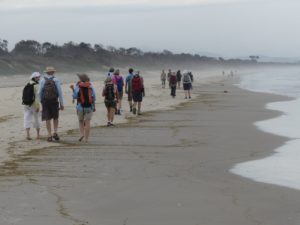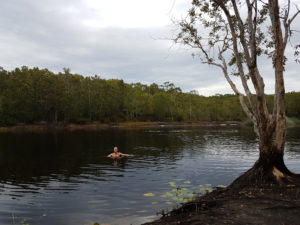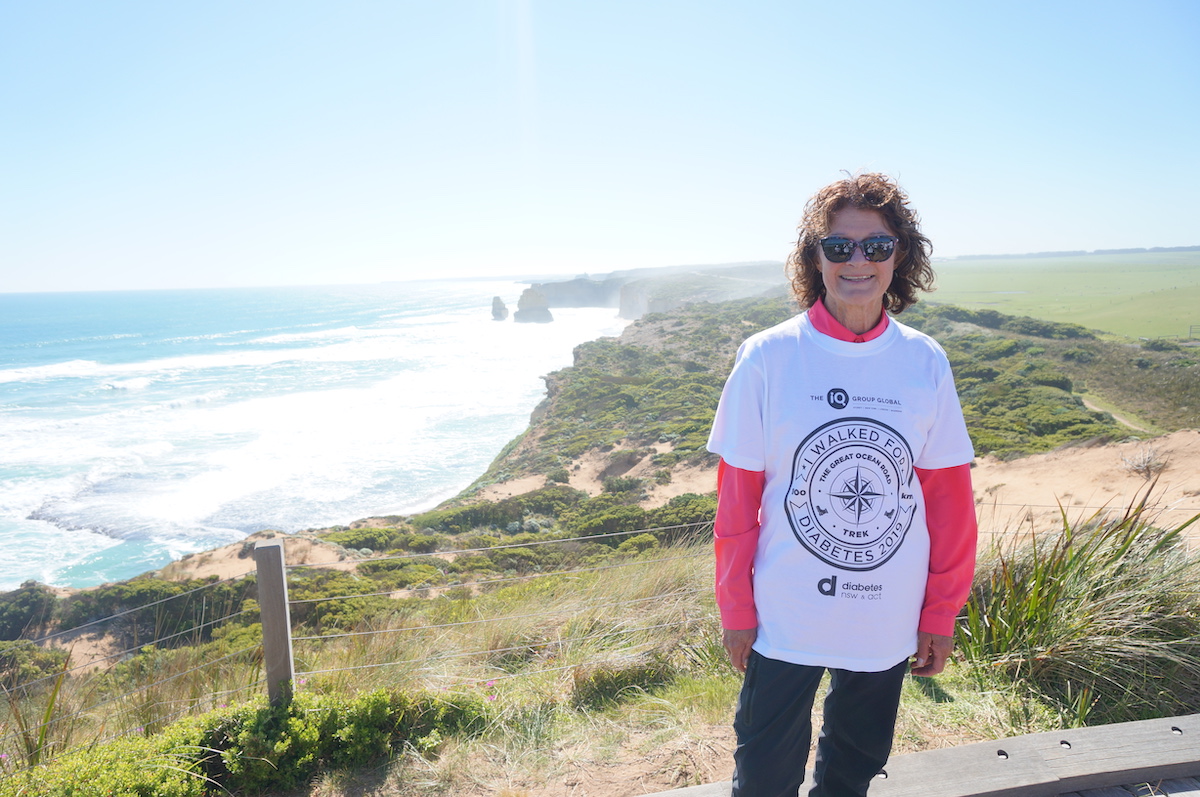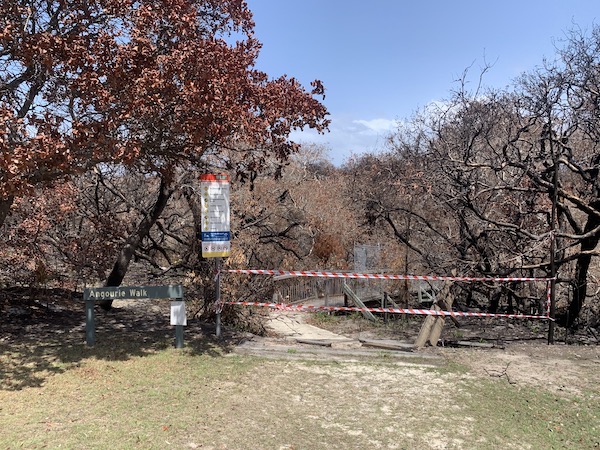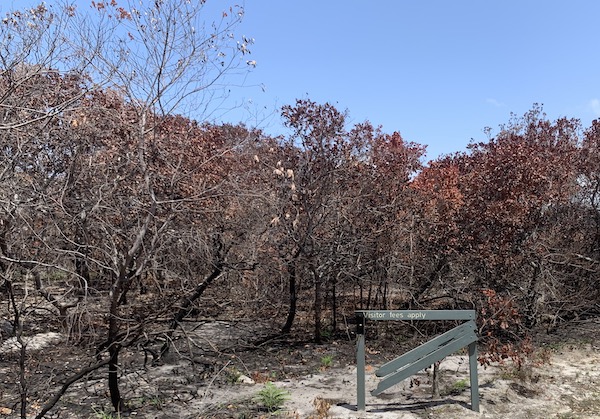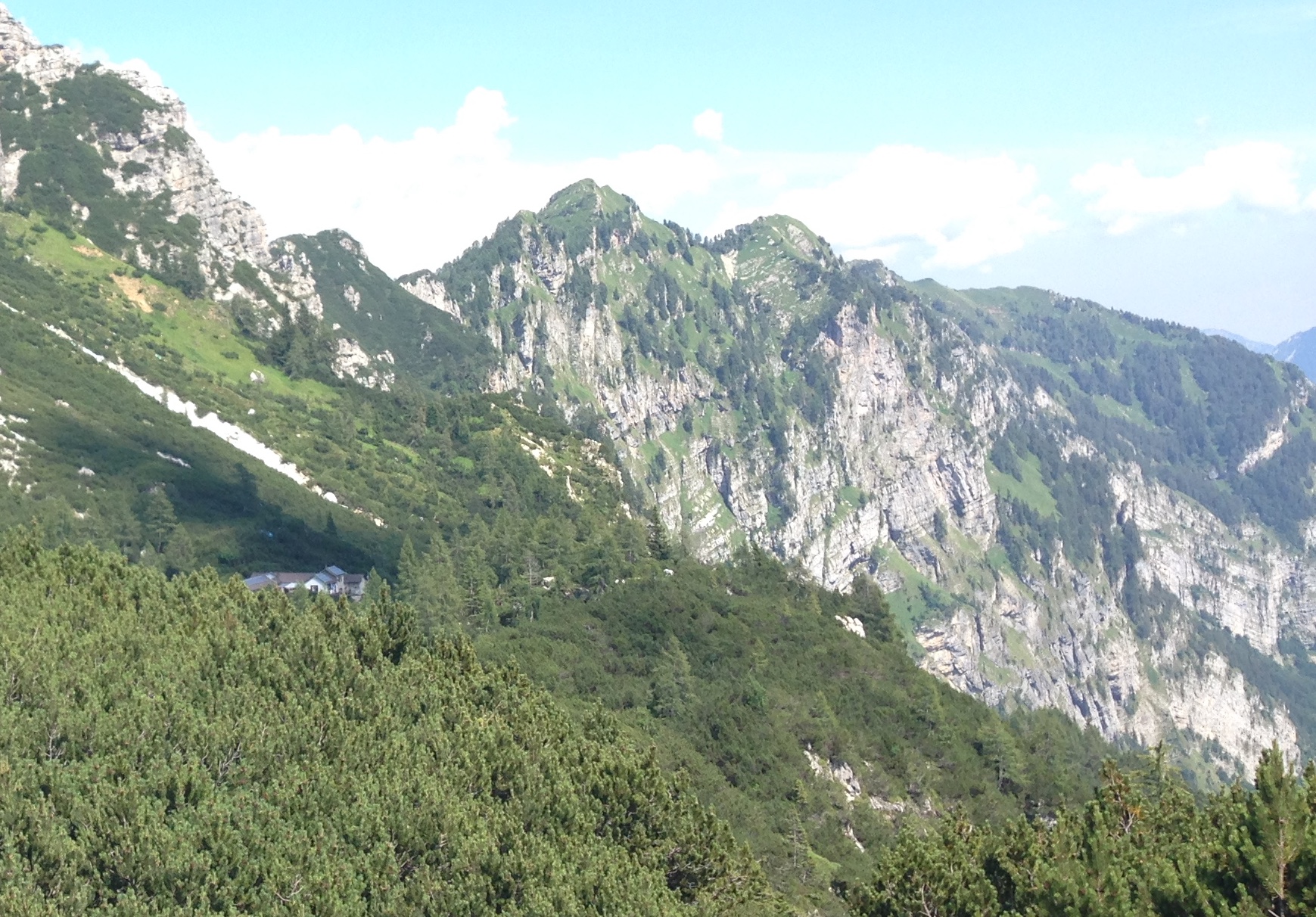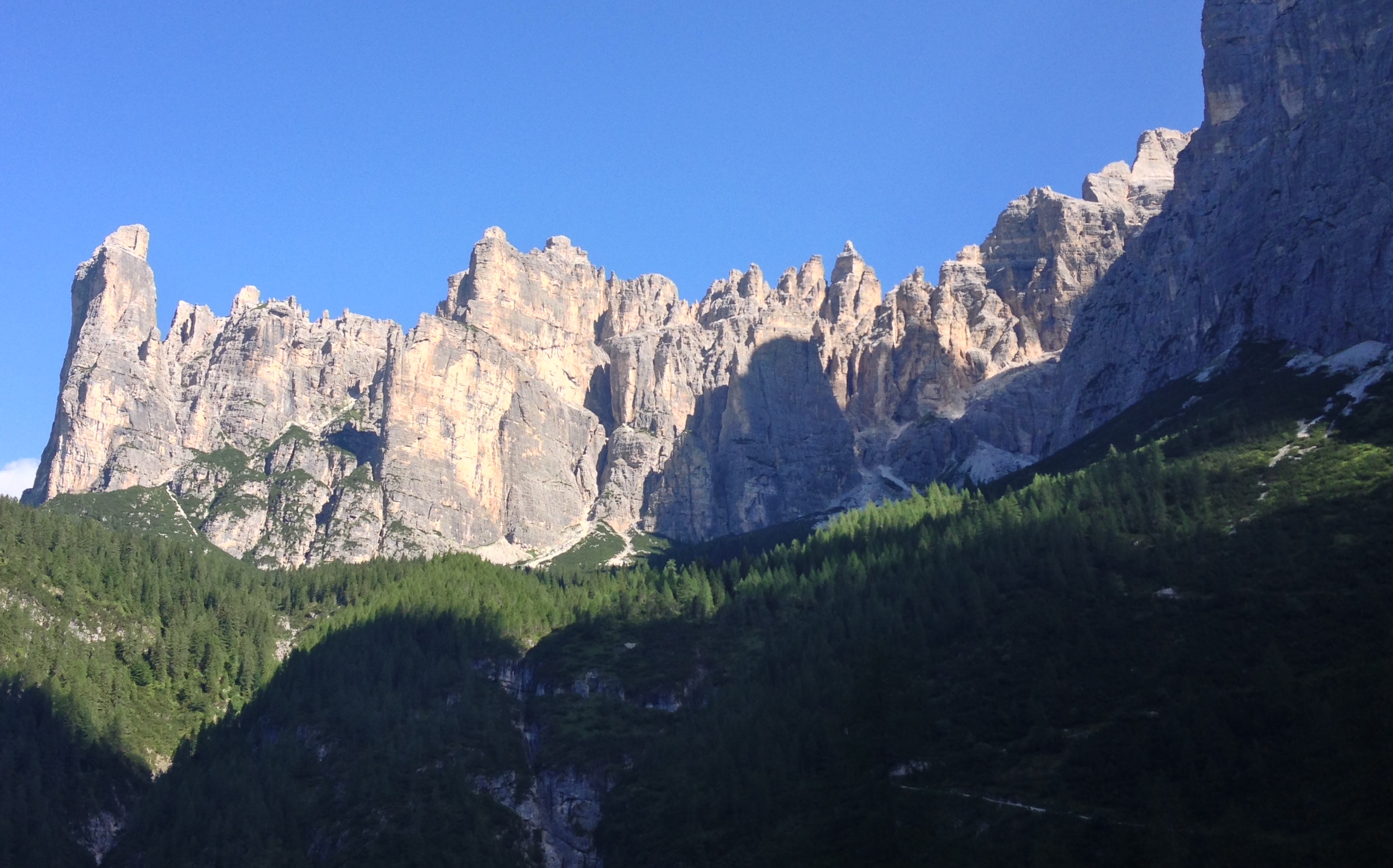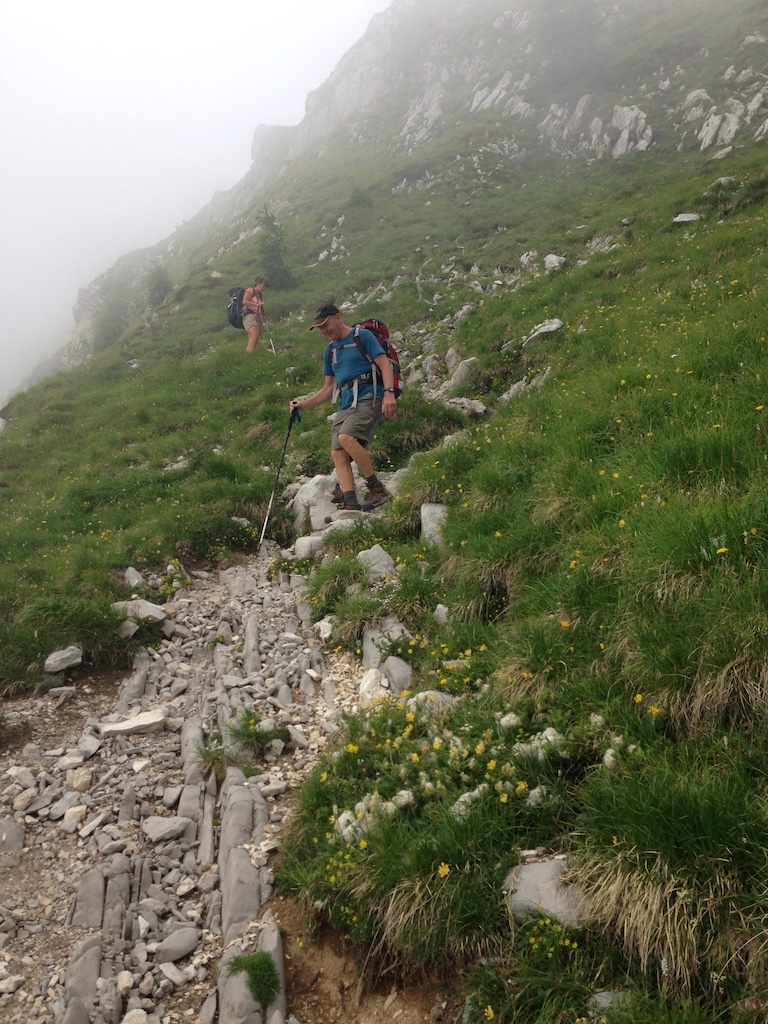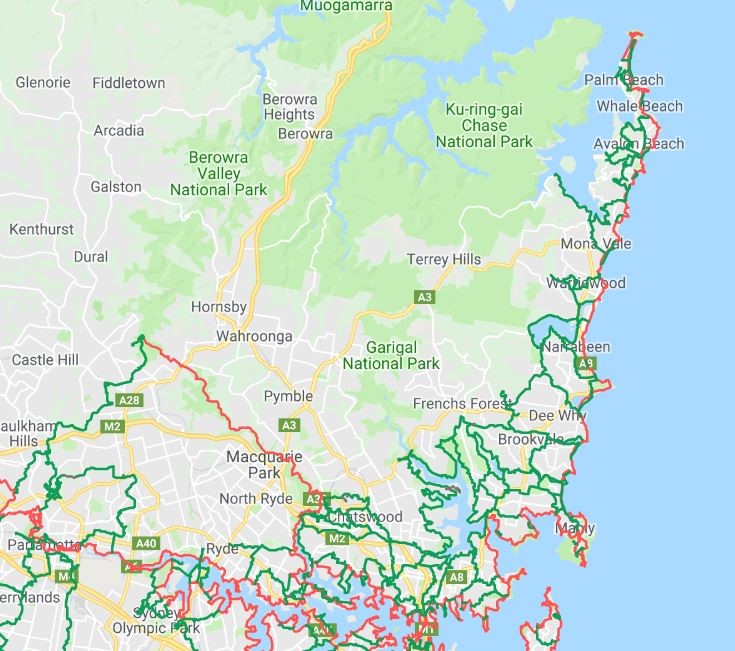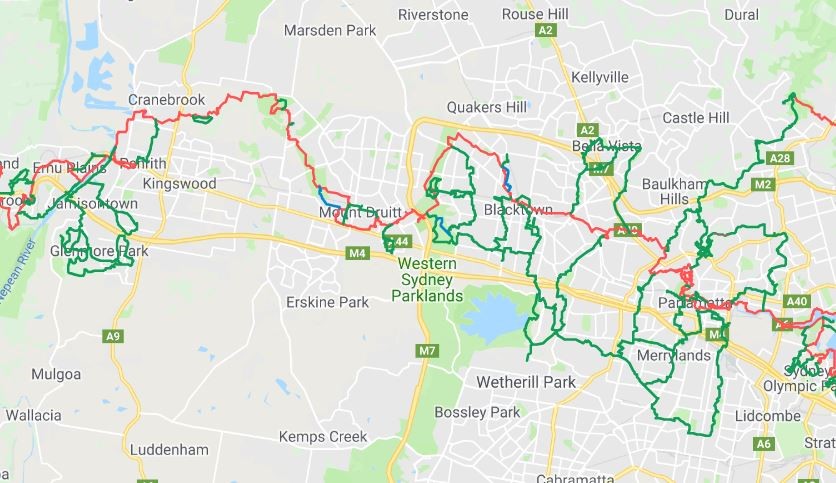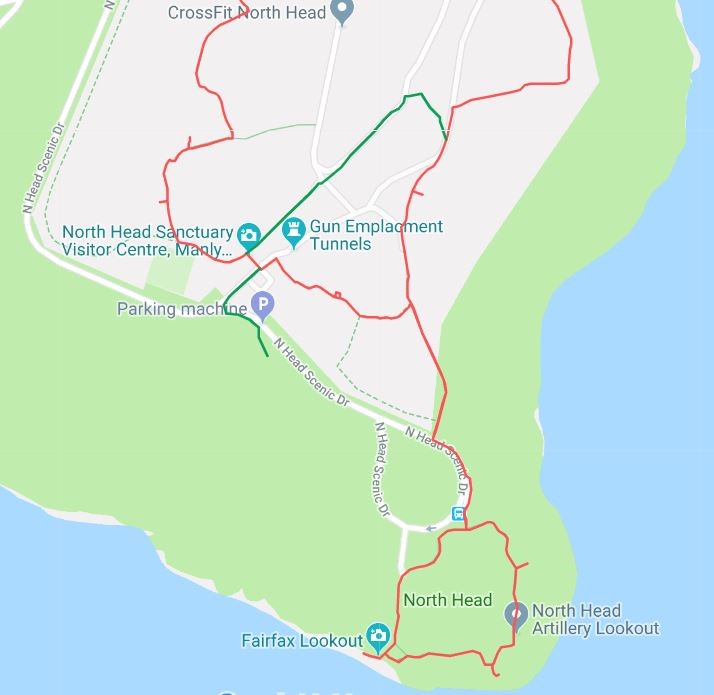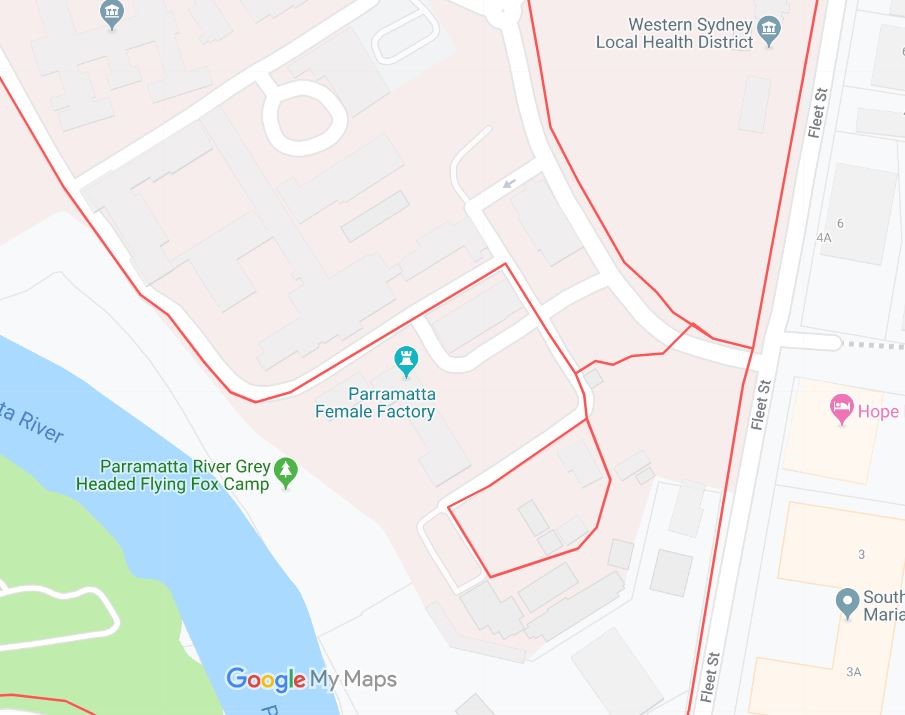with the Emergency+ smart phone app
Some advice to consider regarding contacting Emergency Services from an experienced bushwalker and engineer.
The Emergency+ app is highly recommended for bushwalkers. It lists all the important emergency phone numbers – 000 (triple zero) of course; but also, the SES, Police assistance line, poisons information and many others. It also has a simple clear display of your location as a latitude/longitude which can identify your position anywhere in the world, which is of course important for bushwalkers as the usual “street and nearest cross street” location is not useful in the bush.
But there are some limitations and misconceptions about the Emergency+ app you should be aware of.
Firstly, in an emergency, if you dial 000 (triple zero) 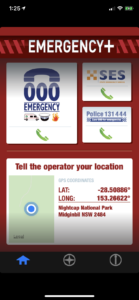 using the Emergency+ app it is no different to dialling 000 from a normal phone. It does not send any special information and it does not send your position to the 000 operator. You will still have to tell the operator your position, and that can be the GPS coordinates from the Emergency+ app if that is the best way to do it. On the Emergency+ app it gives your GPS coordinates in a box titled “Tell the operator your location” – you have to tell the operator your position as the operator cannot read it from the phone directly.
using the Emergency+ app it is no different to dialling 000 from a normal phone. It does not send any special information and it does not send your position to the 000 operator. You will still have to tell the operator your position, and that can be the GPS coordinates from the Emergency+ app if that is the best way to do it. On the Emergency+ app it gives your GPS coordinates in a box titled “Tell the operator your location” – you have to tell the operator your position as the operator cannot read it from the phone directly.
Secondly, the Emergency+ app uses the GPS (or GNSS system to be more precise) in your phone to get your position. If the GPS is having difficulty in getting a position – maybe you are in a damp area, under a thick tree canopy or near cliffs – then the GPS will return the last position it got a fix on the position until a new fix is determined. This old fix could be anywhere you have been recently; maybe at home before you left, maybe on the drive to the start of your walk; but this fix will be displayed until a new fix is determined. The old fix could be wrong by kilometres, or even in the wrong country if you have just done an international flight!
To make sure the location fix it is displaying is a current fix and not an old fix there are two things to look at. The simplest is the little map next to the position. Check the maps shown is correct for where you are. But as this is a street map it is not very helpful in remote areas as there might not be any streets nearby so nothing will be shown.
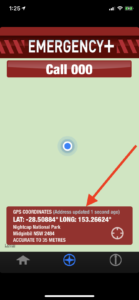
Page 2 or “+” page of app
A better way to check your fix is a current one is to go to the second page of the Emergency+ app (the “+” with a circle around it on the top or bottom bar) and in the red box at the bottom it says “GPS COORDINATES (Address updated XX secs ago)”. Make sure your address has been updated in the time you have been at your current location, and preferably only a few seconds ago. If it shows that your address has only been updated hours or days ago you should be cautious that the position it will display will be an old position which could be miles away.
Finally, remember that the position displayed on the Emergency+ app is just one way to give your position. If you know your position as a grid reference from a map, another GPS, a street address or even some nearby landmark then feel free to use that to give your position to the 000 operator. Speak slowly but remember that all calls to 000 are recorded. Any position reference is acceptable, just make sure it is accurate.
Get the Emergency+ App here now

